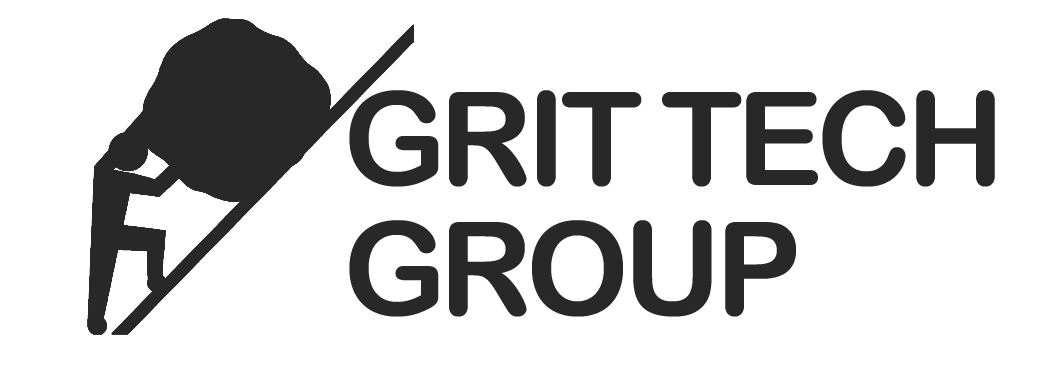Discover industry short courses by trusted educators
Popular brands:
Recently viewed & featured
Unleash your
limitless potential
WITH NEXLECTrusted network of brands
Explore with confidence knowing that our educators share our values. We have our own criteria to allow listings.
Courses locally, abroad & online
Discover content you want to learn. Don't feel limited in your ambitions, be connected today with your industry leaders.
Compare then book, simple
A single location to give you the best selection of the latest opportunities. Let us help you grow your career efficiently.
Need answers? Be supported
Our team is available to help or connect you directly with the educator to ensure you find the answer to your questions.
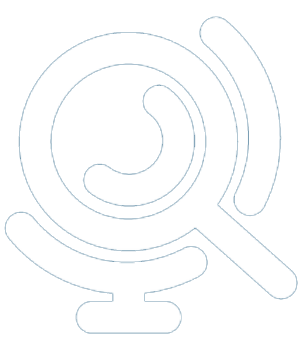

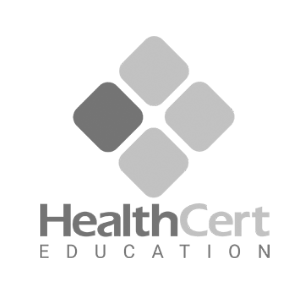

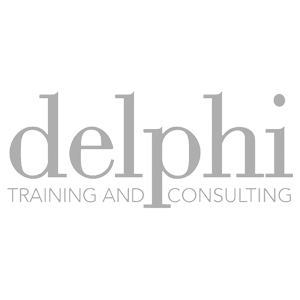
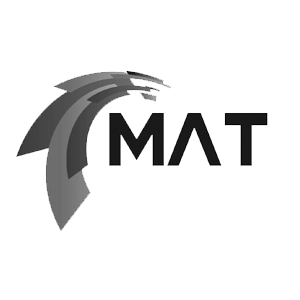













 Chiropractic
Chiropractic Counselling
Counselling Dentistry
Dentistry Medicine
Medicine Nursing
Nursing Occupational Therapy
Occupational Therapy Osteopathy
Osteopathy Physiotherapy
Physiotherapy Psychology
Psychology Social Work
Social Work